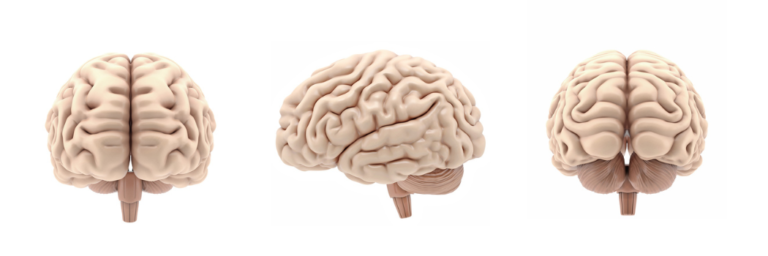We have helped to unravel a centuries-old debate over the evolution of brain size and resolved some puzzling complexities in the relationship between brain size and body mass.
Researchers from the Department of Anthropology at the Universities of Reading and Durham University here analysed a massive data set on the brain and body sizes of around 1,500 animal species.
Large brains relative to body size are associated with intelligence, sociality and behavioural complexity, and humans have evolved exceptionally large brains.
For over a century, scientists have assumed that the relationship between brain size and body mass is linear, meaning that as an animal gets bigger, its brain size increases proportionately.
The new study finds that the relationship is curvilinear, suggesting that very large animals have smaller brains than expected.
Rule Breaker
The study, published in the journal Nature Ecology & Evolution, identifies “rule-breakers” in brain and body size across all mammals.
Species that deviate from the norm include us, Homo sapiens, who have evolved more than 20 times faster than all other mammalian species.
But humans are not the only species bucking this trend.
All mammalian groups have seen rapid changes in both decreasing and increasing brain size.
For example, bats rapidly reduced their brain size during evolution, but thereafter the rate of change in relative brain size became very slow.
This suggests that the need for flight may have imposed constraints on the evolution of organisms.
More mysteries
The three groups of animals that have seen the most significant and rapid changes in brain size are primates, rodents, and carnivores.
These three groups tend to show increases in relative brain size over time.
However, this is not a universal tendency among all mammals, as previously believed.
The study also suggests that there’s something that keeps the brains of large animals from getting too big.
This may be because maintaining a brain above a certain size requires a lot of energy.
However, the researchers observed similar curvature in birds, so the pattern appears to be a general phenomenon across species.
/Durham University Public Release. This material from the originating organisation/author may be out of date and has been edited for clarity, style and length. Mirage.News takes no organisational stance or position and all views, positions and conclusions expressed here are solely those of the authors. Read the full article here.

